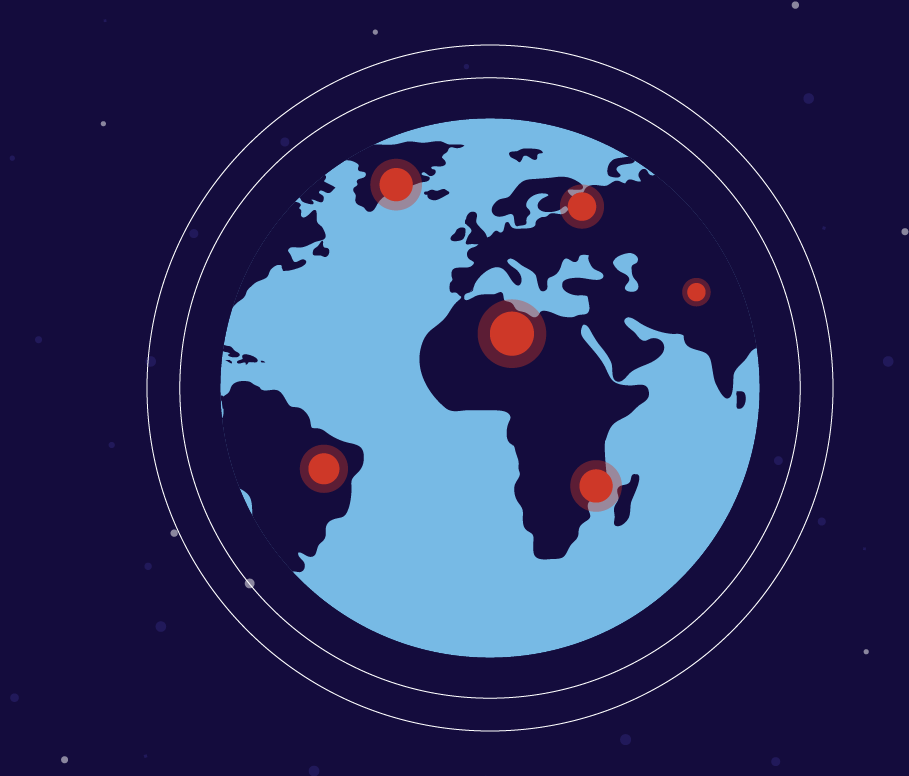This blog post is the final of the Real Barriers to Vaccine Equity series, which examines the issues impeding greater and more equitable access to COVID-19 vaccines. Read the first, second and third blogs here.
Just over two years into the COVID-19 pandemic, nearly 65 percent of the world population has received at least one vaccine dose. In total, more than 11 billion doses have been administered globally. The speed at which these vaccines came to market and were scaled to meet demand is a testament to the critical protections and incentives provided by a strong global intellectual property (IP) infrastructure.
Even with great strides made in the fight against COVID-19, the gap in vaccination rates between high- and low-income nations remains significant. Critics are quick to argue that an IP waiver on COVID-19 products would be key for increasing the number of shots in arms across the globe. However, when one takes a closer look, it is strikingly clear that a variety of other serious challenges impede equitable access to vaccines, including low demand and an inability to administer doses.
After accelerating the development of COVID-19 vaccines globally, demand is now waning. In fact, COVAX, a World Health Organization (WHO) initiative providing vaccines to low and middle-income countries, announced in January that supplies are exceeding demand. COVAX stated that distribution, absorption capacity and hesitancy are now the main challenges to administering doses. Examples of these issues are seen around the world:
- South Africa's Aspen Pharmacare may have to shut down its new vaccine production lines, used to make J&J’s vaccine through a licensing agreement, after receiving zero orders
- The Serum Institute in India halved its production of its COVID-19 vaccine in December 2021 due to a lack of orders. It had previously been producing 250 million vaccine doses per month.
- Health authorities in Ireland recently announced that 100,000 COVID-19 vaccines expired, and that up to half a million are set to expire, due to slowing demand.
- In January 2022, poorer nations rejected more than 100 million doses of COVID-19 vaccines, mainly because of a rapidly approaching expiration dates and an inability to meet proper storage requirements.
Additionally, a New York Times analysis highlights that when countries have low vaccination rates but are only using smaller share of their available doses, it points to weak demand or a lack of infrastructure:
- Low vaccination rates in the Caribbean have been tied to vaccine hesitancy, limited cold-chain infrastructure and a lack of health care personnel.
- In South Africa, a recent survey showed that the predominant barriers to vaccination related to a lack of awareness of where to get the vaccine, which was reported by 23 percent of vaccine-accepting adults, and issues of access.
The world has made great progress in the battle against COVID-19, namely the development of lifesaving vaccines. This progress has been spearheaded by robust IP protections that continues to power innovations. As we work to turn the page on the pandemic, it’s crucial we both continue to protect IP and address the real barriers hampering equitable vaccine efforts.
Even with great strides made in the fight against COVID-19, the gap in vaccination rates between high- and low-income nations remains significant. Barriers include low demand and an inability to administer doses.


